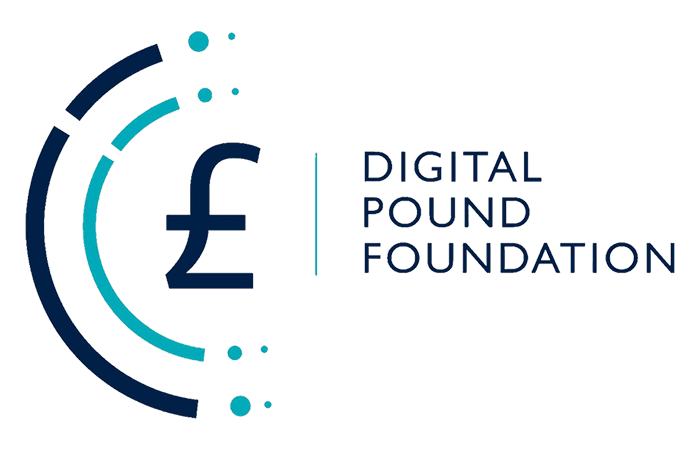Source: Mint
This month the Reserve Bank of India (RBI) made a historic decision for India’s banking ecosystem. The federal bank started a pilot program of its digital currency allowing select banks to use it for settling secondary-market transactions in government bonds. The RBI Governor termed the launch of the central bank digital currency (CBDC) as a landmark moment in the history of currencies in the country, and added that it will majorly transform the way of doing business.
As of now, the digital currency or e-rupee is in the pilot stage in nine banks. Banks involved in the pilot are the State Bank of India, Bank of Baroda, Union Bank of India, HDFC Bank, ICICI Bank Ltd., Kotak Mahindra Bank, Yes Bank, IDFC First Bank, and the Indian unit of HSBC Holdings Plc.
The e-rupee will be tested for retail use within a month in some locations, the Reserve Bank of India said.
The launch comes as India steps up its fight against private digital currencies.
While the move has earned plaudits from industrialists, banking experts, and economists, there is a section of people who have expressed displeasure.
Taking note of critics’ points of view, Zerodha co-founder Nikhil Kamath has listed a few factors why the e-rupee is a breakthrough decision for the Indian economy.
Citing a report by The Oddball, Kamath wrote, “While many have been critical of #CBDC, we might be missing the big picture, remittances, unbanked economy, and reducing subsidy leakage, to name a few”.
The Zerodha co-founder added, “When anything new comes into the market, the old need to adapt, and the new need to regulate the change”.
While many have been critical of #CBDC, we might be missing the big picture, remittances, unbanked economy, and reducing subsidy leakage, to name a few.
— Nikhil Kamath (@nikhilkamathcio) November 12, 2022
When anything new comes into the market, the old need to adapt, and the new need to regulate the change. pic.twitter.com/pVdzDQ3nbN
What will it take for a country like India to embrace #CBDC?
— Nikhil Kamath (@nikhilkamathcio) November 12, 2022
Research by @TheOddball__
As per The Oddball report, India is among the costliest countries for cash transactions around the world. “The residents of Delhi spend 60 lakh hours and ₹9.1 crore just to obtain cash,” the report observed.
The Oddball cited research by Visa which noted that digital payments can reduce the cost of cash from 1.7% to 1.3% of the GDP, “saving India ₹4.7 lakh crores by 2025”.
Further, The Oddball mentioned a few vital queries about India’s Digital Rupee. Here are some of them:
What is the e-rupee or digital rupee?
The digital rupee is cash plus digital minus banks. So, if someone will make a payment, tokens issued by the RBI will be transferred via the blockchain network. There will not be any involvement of commercial banks.
Why e-rupee when we have UPI?
Despite the UPI boom, India’s cash circulation touched a new high in October this year at ₹30.9 lakh crore. This was 72% higher than pre-demonetization, the Oddball report claimed.
Since, the UPI works only when someone has a bank account and has access to the internet, in such case e-rupee will become more valuable. Digital currency systems will be used offline and without a bank account.
Besides, international business transactions take 2-3 days for settlement due to time difference issues. CBDC can eliminate this inefficiency by making it real-time.
India is the world’s largest recipient of foreign remittances worth $87 billion as of 2021, the report said.
Can RBI’s CBDC structure fail?
The Oddball reported that the digital currency system failed in Ecuador. It was one of the first countries to launch a digital currency but was forced to call it off within three years as more than 70% of the country’s population did not open a CBDC account. The Ecuadorian citizens did not trust the country’s banking system, so they never used digital currency.
However, in India, as per the World Bank, 32% of people cited ‘lack of trust’ as the reason for not opening a bank account.
With the advent of CBDC for retailers, Indians will not need to maintain savings in banks to make digital payments.
This might lead to a drop in demand for current and saving deposits and the commercial bank might also lose a low-cost source of funding.
Since the project is at the pilot stage, the experts will try to plug in the gaps to make India a cashless economy.
























































